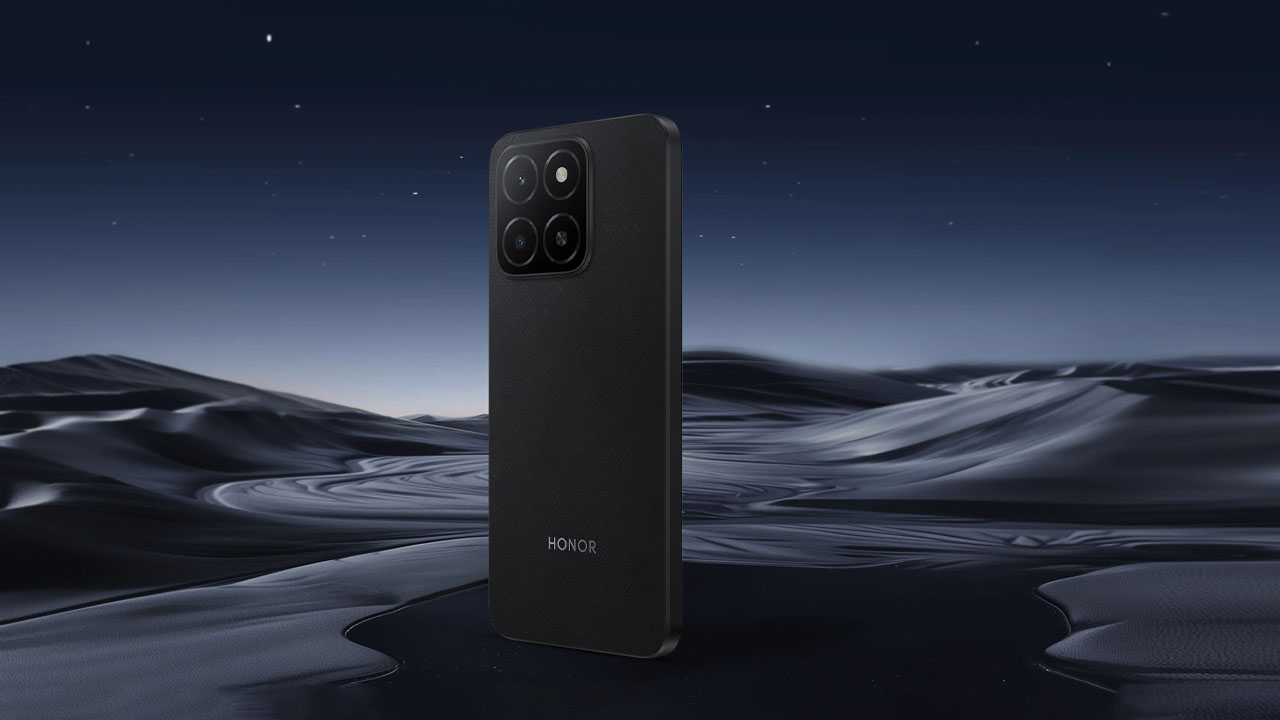
Positioned as a “lifestyle pickup truck”, the Shark 6 is out to break the usual stereotypes associated with pickup trucks.
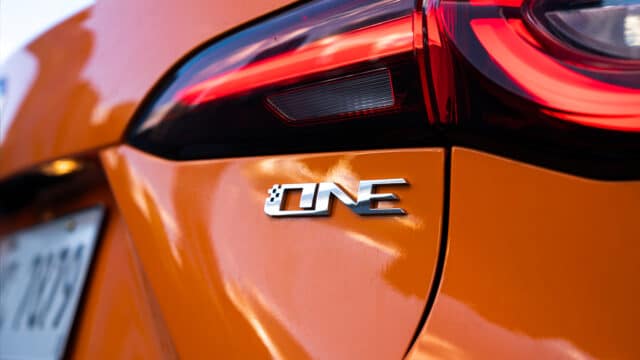
The 2024 MG One brings a tech-forward experience to the compact SUV segment

Given its target market, power users, gamers, and tech enthusiasts, the iQOO 13 strikes a great balance.
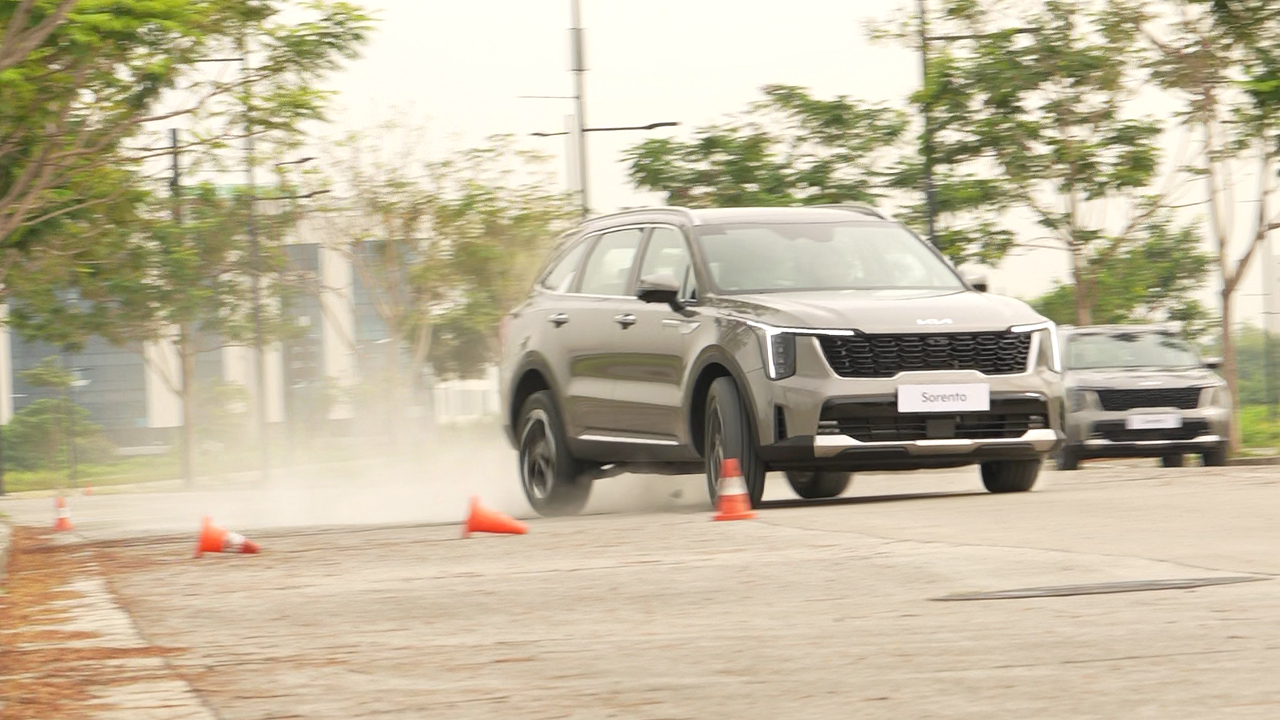
For this year’s lineup, all of the Sorento’s variants will be electrified with three models to choose from.

The Dyson OnTrac is the company's first high-fidelity, audio-only headphones.

The MOFT Snap Flow is an elegant solution to the never-ending problem of forgetfulness.

Mighty Jaxx announces its new and exclusive Premiumworked line for time-limited collectibles, starting with a special collaboration piece with Royal Selangor.

The Philips Hue Twilight lamp supposedly supports your natural circadian rhythm.

During today's Nintendo Direct, The Legend of Zelda: Echoes of Wisdom trailer was revealed.

POCO has launched the highly anticipated POCO X7 Iron Man Edition, along with the standard POCO X7 and POCO X7...
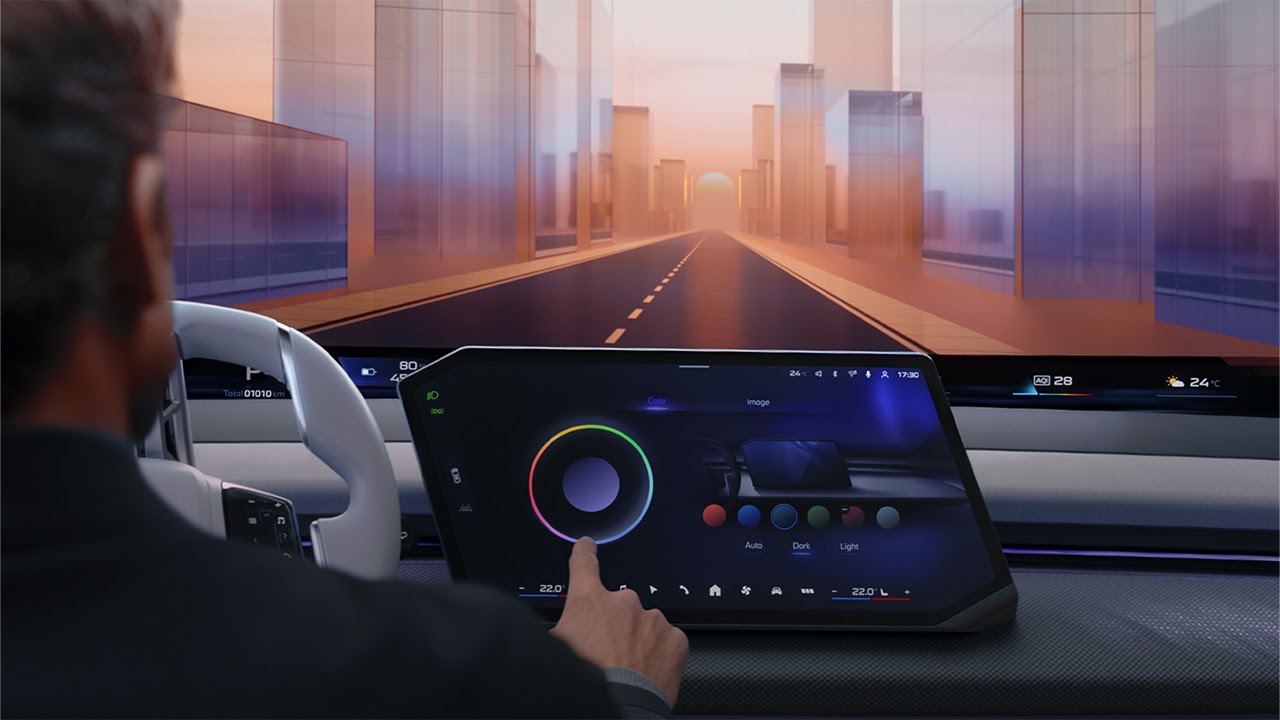
Having teased this tech last year in the iVision Dee concept, the automaker is now ready to show off the...

In celebration of the Coraline 15th anniversary, LAIKA is bringing the eerie world of Coraline to Roblo
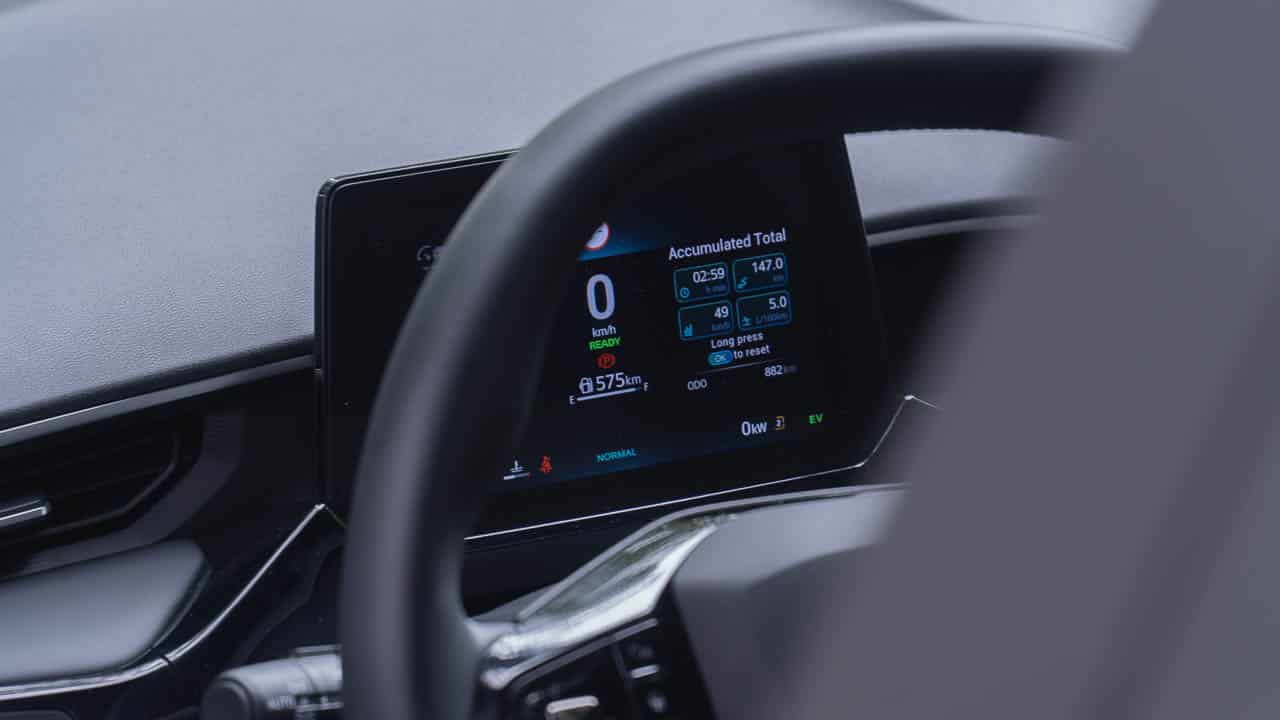
Oritek previewed a new chipset set to redefine Advanced Driver Assistance Systems in vehicles with the help of AI
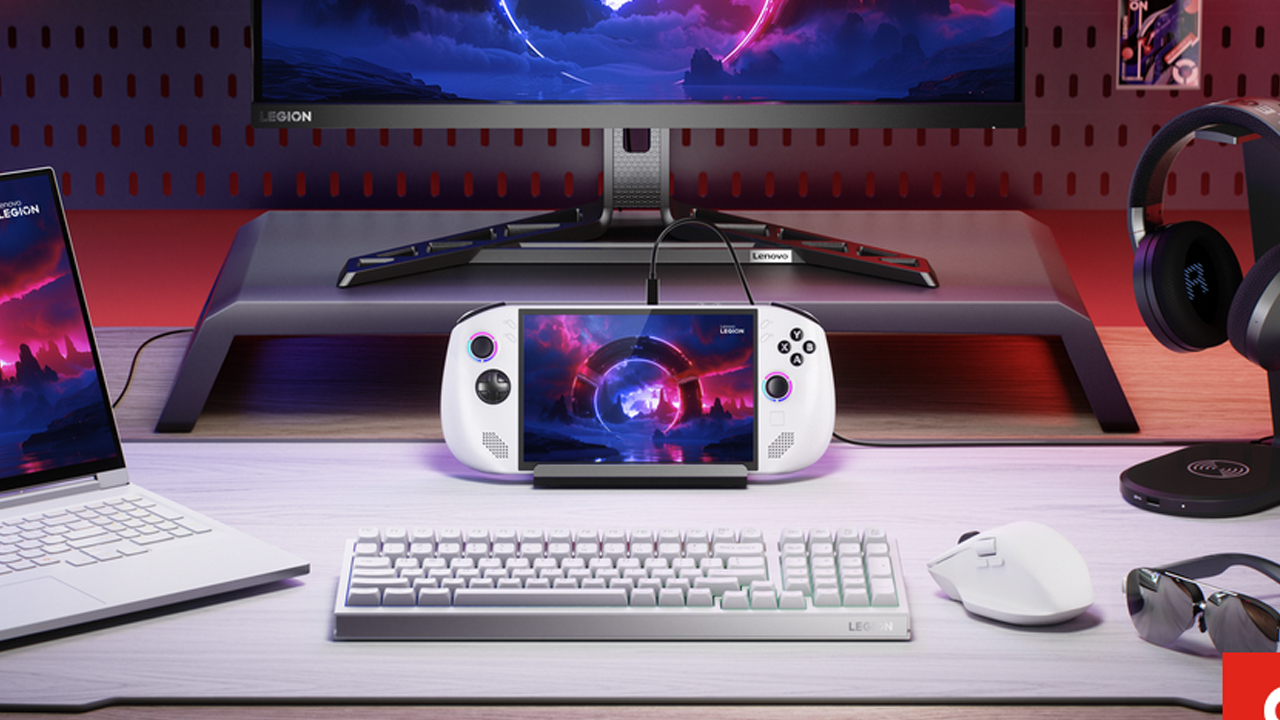
A new Lenovo Legion Go is set to arrive! At CES 2025, Lenovo announced a handful of new devices, and...

HONOR Magic V3 feels like a culmination of what these folding devices are trying to achieve. It's unexpectedly slim, and...
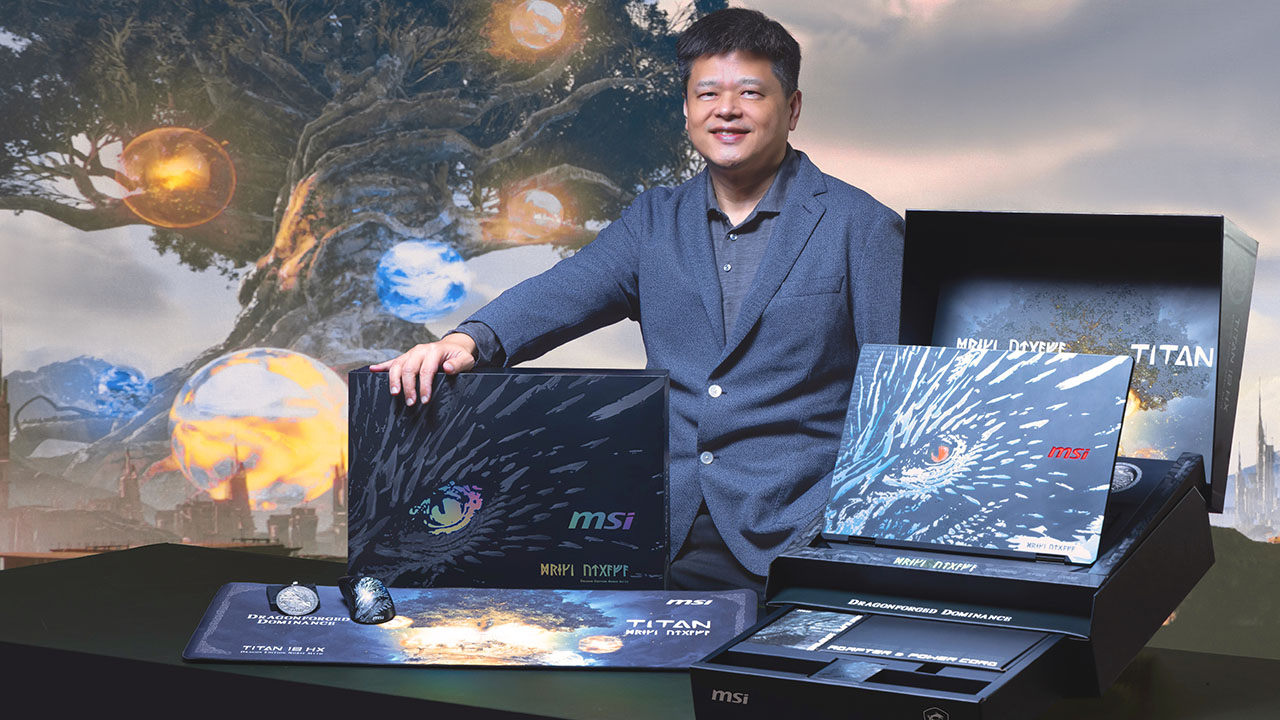
MSI introduced its laptop lineup featuring the latest NVIDIA GeForce RTX 50 Series graphics, powerful Intel Core Ultra processors.

The Ultrahuman Rare blends the advanced tech of a smart ring with the luxurious allure of fine jewelry

The Kamvas 13 Gen 3 significantly reduces parallax and offset so there's little to no gap between the pen tip...

